Wine 9.16 released with more Wayland work and an initial Driver Store implementation
![]() .
.
Read the full article on GamingOnLinux.
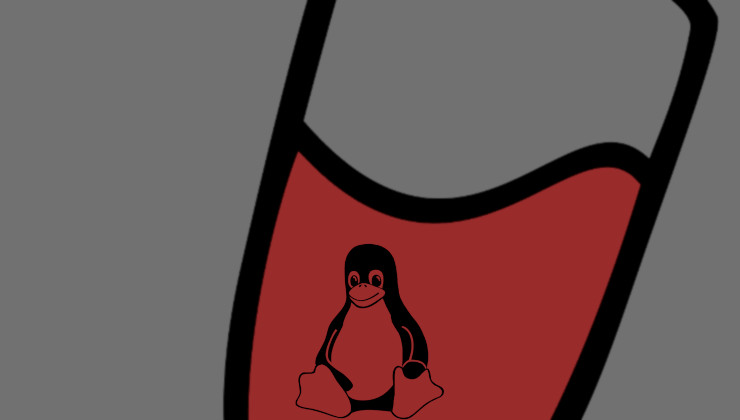
![]() .
.
Read the full article on GamingOnLinux.

Take a look at open source certifications for the month of June.
The post Open Source Hardware Certifications for July 2024 appeared first on Make: DIY Projects and Ideas for Makers.

Take a look at open source certifications for the month of June.
The post Open Source Hardware Certifications for June 2024 appeared first on Make: DIY Projects and Ideas for Makers.
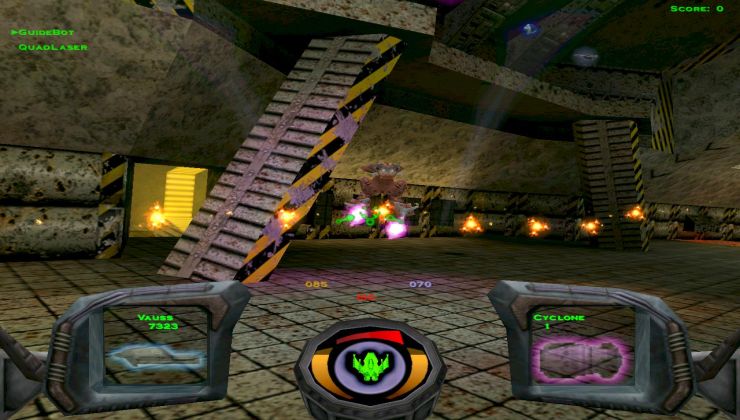
![]() .
.
Read the full article on GamingOnLinux.

![]() .
.
Read the full article on GamingOnLinux.
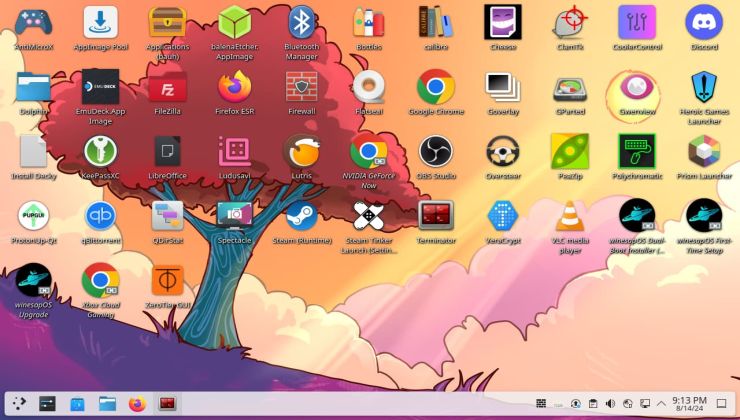
![]() .
.
Read the full article on GamingOnLinux.
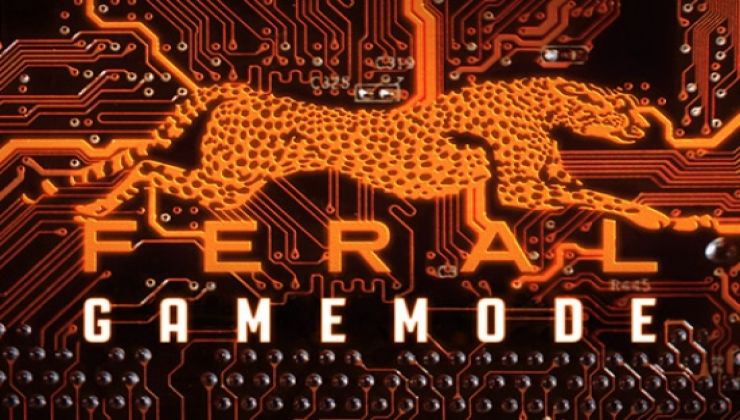
![]() .
.
Read the full article on GamingOnLinux.
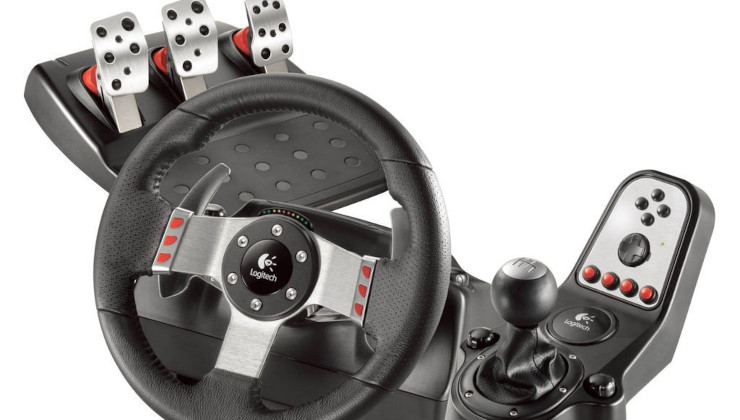
![]() .
.
Read the full article on GamingOnLinux.
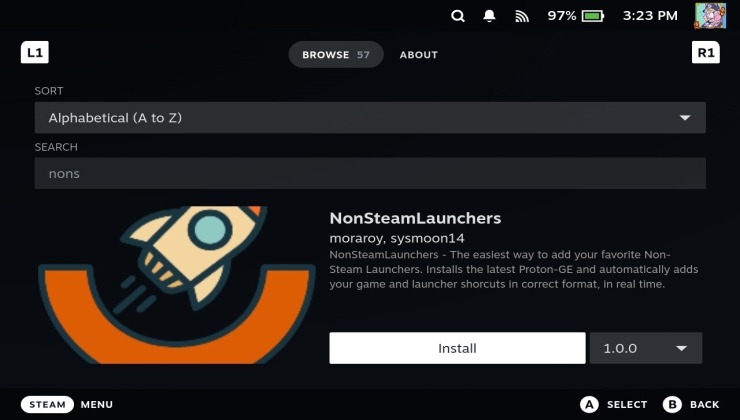
![]() .
.
Read the full article on GamingOnLinux.
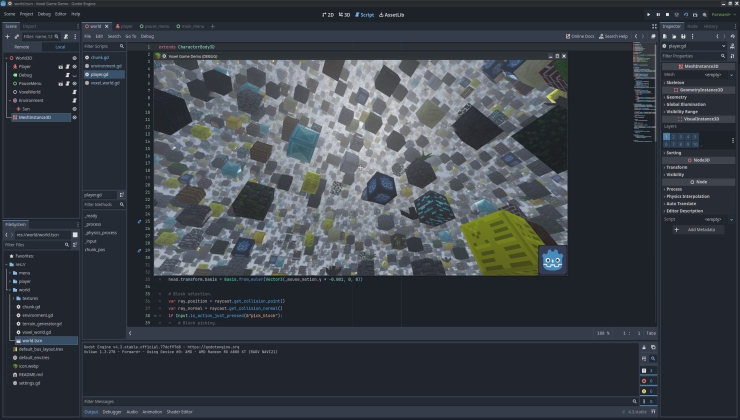
![]() .
.
Read the full article on GamingOnLinux.
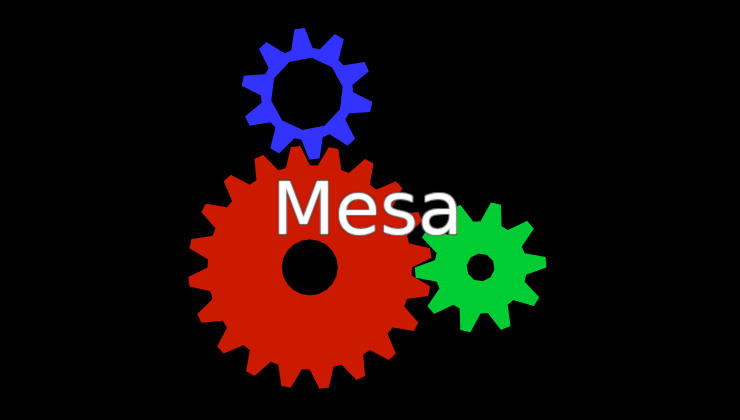
![]() .
.
Read the full article on GamingOnLinux.
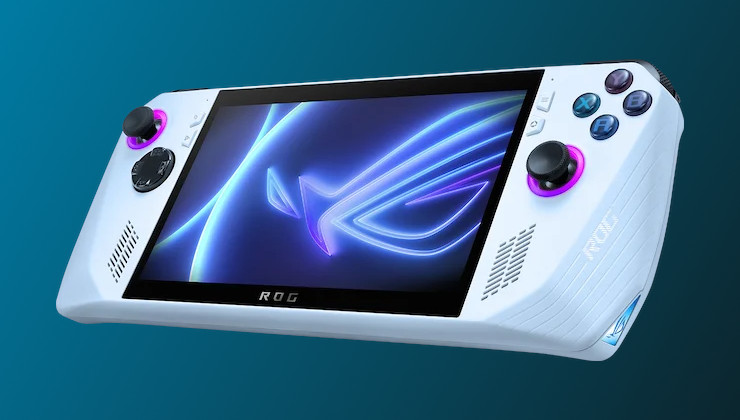
![]() .
.
Read the full article on GamingOnLinux.
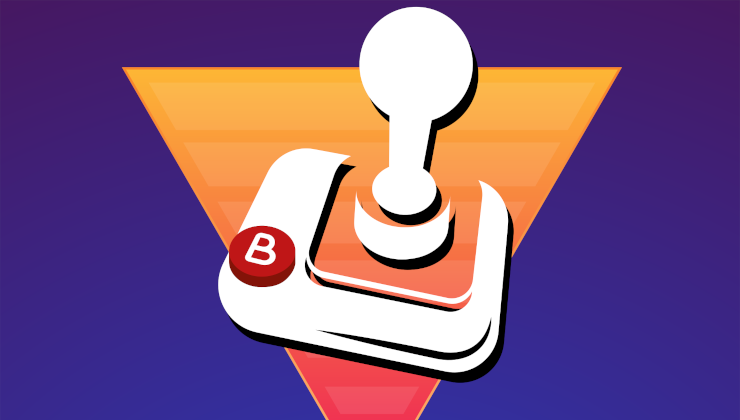
![]() .
.
Read the full article on GamingOnLinux.
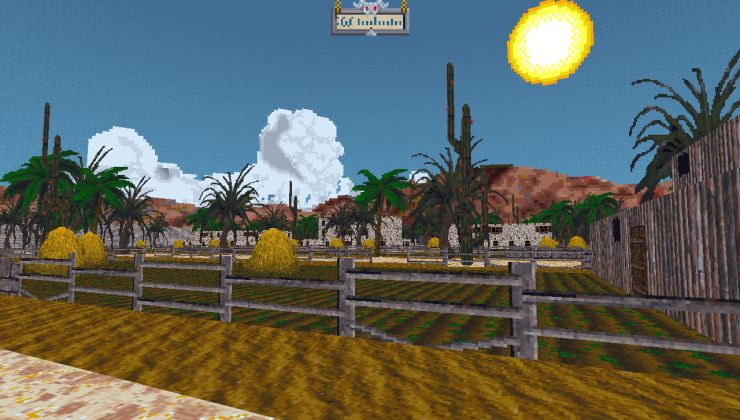
![]() .
.
Read the full article on GamingOnLinux.
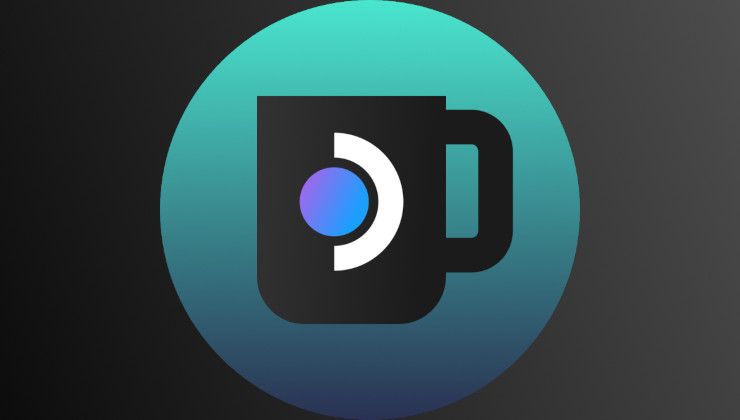
![]() .
.
Read the full article on GamingOnLinux.
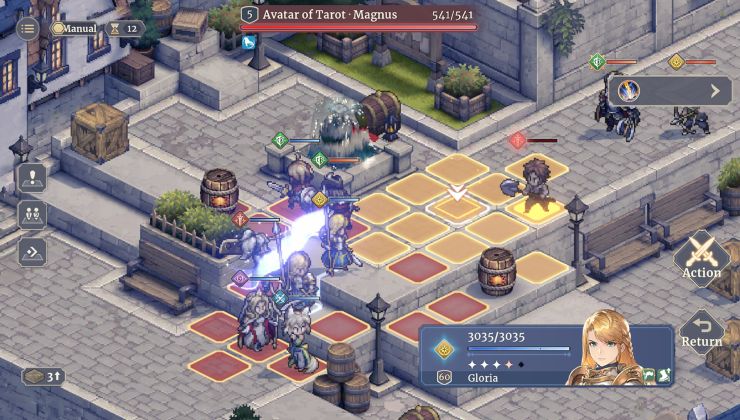
![]() .
.
Read the full article on GamingOnLinux.

Take a look at open source certifications for the month of June.
The post Open Source Hardware Certifications for June 2024 appeared first on Make: DIY Projects and Ideas for Makers.


The Tulip Creative Computer is an open source computer designed for making music or coding simple games or other applications. It’s not exactly the most powerful little computer money can buy, but it doesn’t take a lot of money to buy one: you can pick up a pre-built Tulip system for $59 or build your own […]
The post Tulip Creative Computer is a small, cheap, open source PC for making music and more (available for $59, but you can also build your own) appeared first on Liliputing.

There’s growing evidence, via datamining and voice actor leaks, that Valve is working on a brand new, yet-to-be-announced Half-Life video game. And before you go running to tell folks that, finally, Half-Life 3 is confirmed, keep in mind that we don’t know if that’s true.

Take a look at open source certifications for the month of June.
The post Open Source Hardware Certifications for June 2024 appeared first on Make: DIY Projects and Ideas for Makers.

Take a look at open source certifications for the month of May.
The post Open Source Hardware Certifications for May 2024 appeared first on Make: DIY Projects and Ideas for Makers.

The Ansys team is gearing up for an exciting time at DAC this week, where we’ll be sharing a whole new way of visualizing physical phenomena in 3D-IC designs, powered by NVIDIA Omniverse, a platform for developing OpenUSD and RTX-enabled 3D applications and workflows. Please attend our Exhibitor Forum session so we can show you the valuable design insights you can gain by interactively viewing surface currents, temperatures and mechanical deformations in a representative 3D-IC design.
Visualizing physical phenomena in 3D is a new paradigm for IC packaging signal and power integrity (SI/PI) engineers who are more familiar with schematics and 2D results plots (TDR, eye diagrams, SYZ parameters, etc). There’s a good reason for that – it really hasn’t been practical to save 3D physics data – or even to run full 3D simulations – for complex IC package designs until more recent (~5-10 years) advancements in Ansys solver technologies along with increasing accessibility to high performance compute power. I have had the pleasure of supporting a few early adopters in the SI/PI engineering community as they used 3D field plotting in HFSS to gain design insights that helped them avoid costly tape-out delays and chip re-spin. Their experiences motivate my desire to share this invaluable capability with the greater IC packaging design community.
I started my career using HFSS to design antennas for biomedical applications. Like me, the greater antenna and RF component design community has been plotting fields in 3D from Day 1 – I don’t know of any antenna engineer that hasn’t plotted a 3D radiation pattern after running an HFSS simulation. What I do know is that I’ve met hundreds of SI/PI engineers who have never plotted surface currents in their package or PCB models after running an HFSS simulation. And that must change.
…but why exactly? What value does one gain by plotting fields in 3D? If you don’t know what kind of design insights you gain by plotting fields, please allow me to show you because seeing is revealing.
Let’s say I send a signal from point A and it reflects off 3 different plates before returning back to point A:
Fig. 1: The plot below shows the received power from a sensor placed at Point A (the same position as the emitter). Can you tell which bump in this two 2D plot is the original signal returned back home?
Fig. 2: No? Neither can I. Even if you somehow guessed correctly, could you explain what caused all those other bumps with certainty?
With HFSS field plotting, everything becomes crystal clear:
Video 1: 3-bounce animation.
The original signal returns after a travel distance of 6 meters around the circle while the rest of the bumps result from other reflections – this is the kind of physical insight that a 2D plot simply can’t deliver.
Advanced packaging for 3D-IC design can’t be done with generic rules of thumb. To meet stringent specifications (operate at higher frequencies, speeds, and lower latency, power consumption), engineers are demanding the use of HFSS because its gold-standard reputation has come from countless validation studies comparing simulated results against measurement, and there is no room to compromise on accuracy for these very complex and costly designs. As more electronics are packed into tighter spaces, the risk for unwanted coupling between the different components (often stacked vertically) increases and being able to identify the true aggressors becomes more challenging. That’s when field visualization as a means to debug – i.e., uncover, learn, truly understand – what’s happening becomes an invaluable tool.
What exactly is causing unwanted radiation or reflections? What exactly is the source of noise coupling into this line? Are we seeing any current crowding on conductors or significant volume losses in dielectrics that may lead to thermal problems? Plot the fields and you will have the information required to diagnose issues and design the exact right solution – nothing more (over-designed), nothing less (failing design).
If you’re one of the early adopters who has plotted fields in highly complex designs, you will know that fields post-processing can be very graphics intensive – especially if you want to immerse yourself in the physical phenomena taking place in your design by plotting in a full 3D volume and cutting through the 3D space layer by layer. Ansys uses the enhanced graphics and visual rendering capabilities offered by NVIDIA Omniverse core technologies, available as APIs, to provide a seamlessly interactive and more intuitive experience, increasing accessibility to design insights that engineers can only gain by physics visualization.
I’m not asking my SI/PI engineering colleagues to ditch the schematics and 2D results plots – I just believe that they should (and inevitably will!) add 3D field plotting into their design process. The rise in design complexity coupled with advancements in Ansys and NVIDIA technologies is poised to make 3D field plotting – an invaluable yet heretofore underutilized tool in the world of signal and power integrity design – a practical requirement. For a first look into what will one day be commonplace design practice, please attend our Exhibitor Forum session on Wed., June 26, 1:45 PM -3:00 PM at DAC to experience our interactive demonstration of Ansys physics visualization in a representative 3D-IC design, powered by NVIDIA Omniverse.
The post Powering Next-Generation Insightful Design appeared first on Semiconductor Engineering.

Take a look at open source certifications for the month of May.
The post Open Source Hardware Certifications for May 2024 appeared first on Make: DIY Projects and Ideas for Makers.
AMD GPUOpen - Graphics and game developer resources
VMA V3.1 gathers fixes and improvements, mostly GitHub issues/PRs, including improved compatibility with various compilers and GPUs.
The post Vulkan Memory Allocator v3.1, with many fixes and improvements, is out now! appeared first on AMD GPUOpen.


The /e/OS Foundation has been offering a de-Googled version of Android since 2018, with an emphasis on privacy and security. Now developers have introduced the biggest update in years. Among other things, /e/OS 2.0 brings support for Android Auto, an updated launcher app with support for live wallpapers and app notifications on icons, and other […]
The post De-Googled Android operating system /e/OS V2 brings Android Auto support, UI and privacy enhancements appeared first on Liliputing.
Read more of this story at Slashdot.

Take a look at open source certifications for the month of April.
The post Open Source Hardware Certifications for April 2024 appeared first on Make: DIY Projects and Ideas for Makers.

Take a look at a few of the Open Source Hardware Association certifications from the month of March
The post Open Source Hardware Certifications For March 2024 appeared first on Make: DIY Projects and Ideas for Makers.
GameFromScratch.com
Inkscape 1.4 Beta Released
The open source vector graphics application Inkscape just released Inkscape 1.4 beta. Inkscape is available for Windows, Mac and Windows. Highlight features of the 1.4 release include: Key Links Inkscape Homepage Inkscape 1.4 Beta Download Inkscape 1.4 Release Notes Splashscreen Contest You can learn more about the new features in […]
The post Inkscape 1.4 Beta Released appeared first on GameFromScratch.com.

Take a look at open source certifications for the month of April.
The post Open Source Hardware Certifications for April 2024 appeared first on Make: DIY Projects and Ideas for Makers.

Take a look at a few of the Open Source Hardware Association certifications from the month of March
The post Open Source Hardware Certifications For March 2024 appeared first on Make: DIY Projects and Ideas for Makers.


A decade after releasing the source code for MS-DOS 1.1 and MS-DOS 2.0, Microsoft has open sourced a (slightly) more recent operating system: MS-DOS 4.0. First released in 1988, you can now download the source code from GitHub, where it’s been shared under the MIT license. Of course there’s not much reason to actually run MS-DOS […]
The post Microsoft releases source code for MS-DOS 4.0 (and Multitasking DOS) appeared first on Liliputing.

Take a look at a few of the Open Source Hardware Association certifications from the month of March
The post Open Source Hardware Certifications For March 2024 appeared first on Make: DIY Projects and Ideas for Makers.
